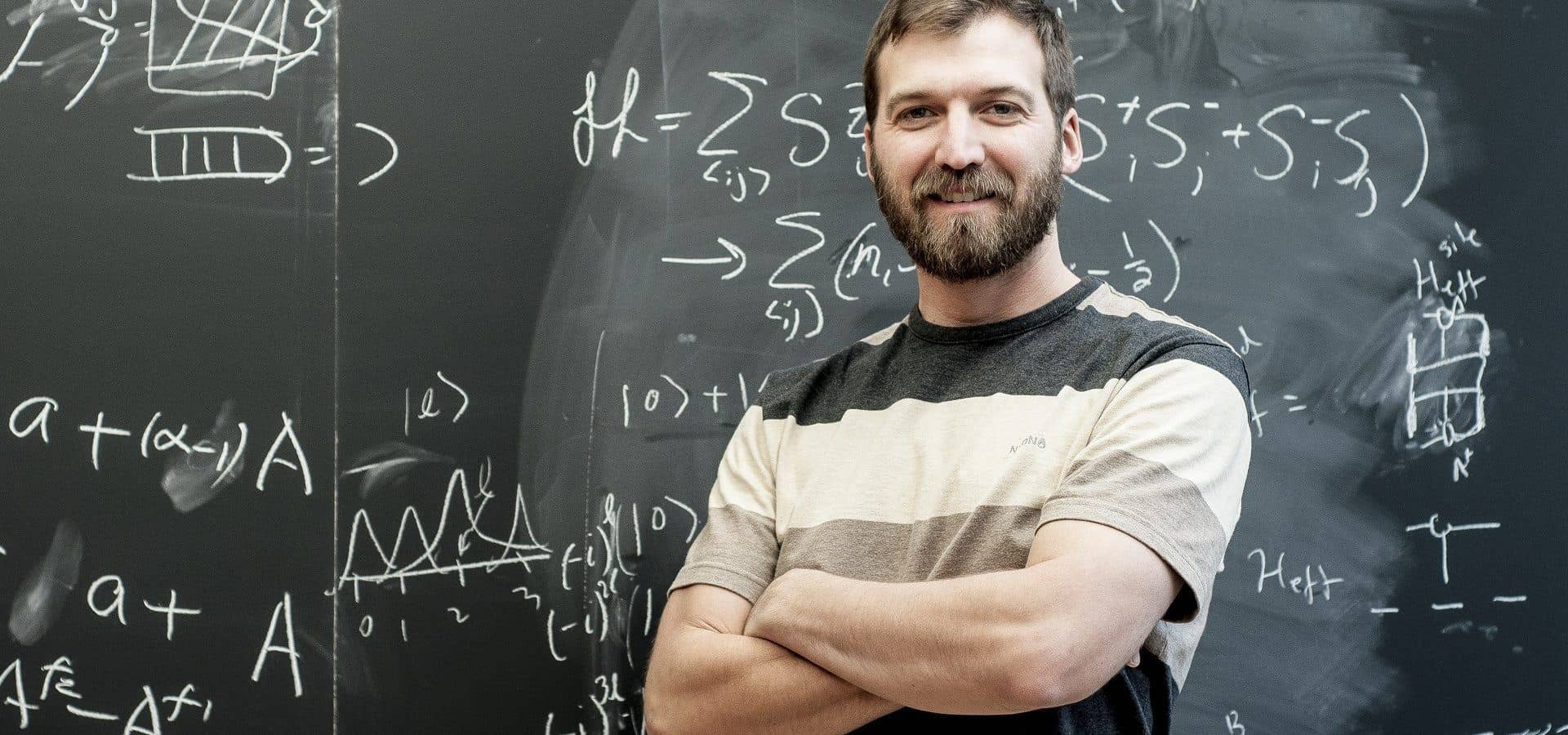copyright by insidetheperimeter.ca
Out of the box application of AI
A machine learning algorithm designed to teach computers how to recognize photos, speech patterns, and hand-written digits has now been applied to a vastly different set a data: identifying different phases of condensed matter.
read more – copyright by insidetheperimeter.ca
Moving from one phase to another
In a project half-jokingly called “Phasebook,” two Perimeter researchers showed that a neural network system – a standard part of today’s powerful artificial intelligence (AI) algorithms – can also identify phase transitions between states of matter. The research, published in the journal Nature Physics , validates the idea that the relationship between theoretical physics and AI can be a fruitful, two-way exchange. The fields have long been linked. AI research has often tapped physicists to help develop machine learning for industry. Now, former Perimeter postdoctoral fellow Juan Carrasquilla and Roger Melko , an Associate Faculty member at Perimeter and Associate Professor at the University of Waterloo, have turned the tables by posing a fairly straightforward question: could industry-standard AI help fuel physics research?
AI answers physics questions
To find out, Carrasquilla and Melko repurposed Google’s TensorFlow , an open-source software library for machine learning, and applied it to a physical system. The same algorithm helps computers read hand-written digits such as those on postal envelopes or bank cheques, powers facial recognition capabilities and natural language processing and translation, and famously was used to beat the human world champion in the ancient game of Go. “Instead of recognizing hand-written digits, we took the same neural network and put in images our computers produced of different phases,” says Melko, who holds the Canada Research Chair (Tier 2) in Computational Quantum Many-Body Physics and won the 2016 Herzberg Medal from the Canadian Association of Physicists. Former Perimeter postdoc Juan Carrasquilla. The neural network distinguished phases of a simple magnet, and could distinguish an ordered ferromagnetic phase from a disordered high-temperature phase. It could even find the boundary, or phase transition, between phases, says Carrasquilla, who now works at quantum computing company D-Wave Systems. “We inspected the neural network and found out it learns to read the magnetization of the images, [which is] the theoretical concept used to quantify the degree of order in simple magnets,” he explains […]
read more – copyright by insidetheperimeter.ca


copyright by insidetheperimeter.ca
Out of the box application of AI
A machine learning algorithm designed to teach computers how to recognize photos, speech patterns, and hand-written digits has now been applied to a vastly different set a data: identifying different phases of condensed matter.
read more – copyright by insidetheperimeter.ca
Moving from one phase to another
In a project half-jokingly called “Phasebook,” two Perimeter researchers showed that a neural network system – a standard part of today’s powerful artificial intelligence (AI) algorithms – can also identify phase transitions between states of matter. The research, published in the journal Nature Physics , validates the idea that the relationship between theoretical physics and AI can be a fruitful, two-way exchange. The fields have long been linked. AI research has often tapped physicists to help develop machine learning for industry. Now, former Perimeter postdoctoral fellow Juan Carrasquilla and Roger Melko , an Associate Faculty member at Perimeter and Associate Professor at the University of Waterloo, have turned the tables by posing a fairly straightforward question: could industry-standard AI help fuel physics research?
AI answers physics questions
To find out, Carrasquilla and Melko repurposed Google’s TensorFlow , an open-source software library for machine learning, and applied it to a physical system. The same algorithm helps computers read hand-written digits such as those on postal envelopes or bank cheques, powers facial recognition capabilities and natural language processing and translation, and famously was used to beat the human world champion in the ancient game of Go. “Instead of recognizing hand-written digits, we took the same neural network and put in images our computers produced of different phases,” says Melko, who holds the Canada Research Chair (Tier 2) in Computational Quantum Many-Body Physics and won the 2016 Herzberg Medal from the Canadian Association of Physicists. Former Perimeter postdoc Juan Carrasquilla. The neural network distinguished phases of a simple magnet, and could distinguish an ordered ferromagnetic phase from a disordered high-temperature phase. It could even find the boundary, or phase transition, between phases, says Carrasquilla, who now works at quantum computing company D-Wave Systems. “We inspected the neural network and found out it learns to read the magnetization of the images, [which is] the theoretical concept used to quantify the degree of order in simple magnets,” he explains […]
read more – copyright by insidetheperimeter.ca
Share this: